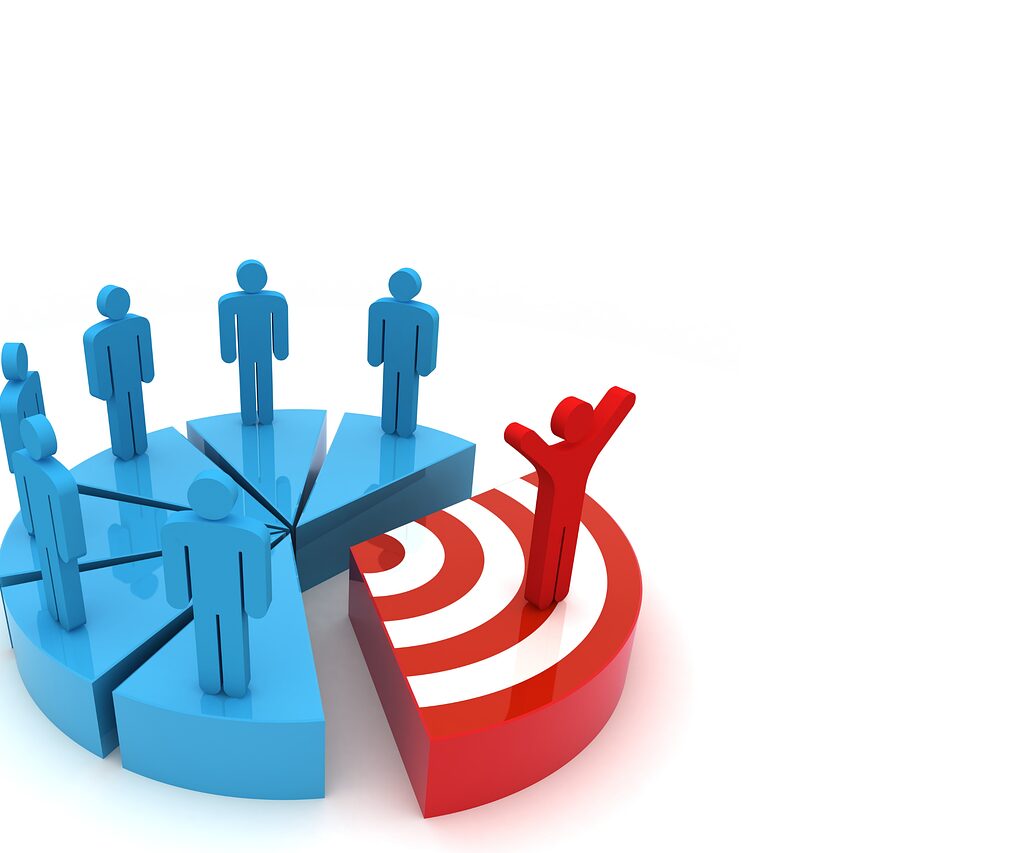Why Outsourcing Web and App Development is a Game-Changer for Your Brand Ezekiel Muoneke Content Writer Blog May 4, 2023 7:32 pm The Smart Move for Growing Businesses Having a strong online presence is essential for every brand in the fast-paced digital environment of today. When it comes to luring and keeping clients, a well-designed website and mobile application can make all the difference. However, developing these platforms in-house can be time-consuming and costly. That’s where outsourcing web and app development comes in, offering a smart solution for businesses looking to grow and thrive. The Benefits Outsourcing web and app development offers numerous advantages for your brand. It ultimately makes sense for the following principal reasons: 1. Cost-Effective: Outsourcing can save you money by eliminating the need to hire full-time developers and invest in expensive software and hardware. 2. Access to Expertise: Outsourcing gives you access to a pool of skilled professionals with diverse experience and knowledge in the latest technologies and trends. 3. Scalability: As your business grows, outsourcing allows you to easily scale up or down your development team to meet changing demands. 4. Time Saving: Outsourcing frees up your in-house team to focus on core business activities, while the development team handles the technical aspects. 5. Quality Assurance: Outsourcing brands frequently have strict quality control measures in place to make sure that your project, in this case, website and app adhere to high standards. Success Stories from Real Life Outsourcing their web and app development has benefited many established businesses/brands. For instance, Slack, a well-known platform for team collaboration, contracted with a different business to create its apps, which freed them up to concentrate on their main offering and see quick growth. Another example is Alibaba, the Chinese e-commerce giant, which outsourced its website development to a team of skilled developers, enabling them to scale quickly and become a global powerhouse. Actionable Tips To make the most of outsourcing web and app development, consider the following tips: ~ Choose the Right Partner: Research and select a reputable outsourcing company with a proven track record and expertise in your industry. ~ Set Clear Expectations: Clearly communicate your project goals, timeline, and budget to ensure a smooth collaboration. ~ Stay Involved: Maintain regular communication with your outsourcing partner and provide feedback to ensure the project stays on track. The Impact of Outsourcing on Productivity and Efficiency Putting into context, outsourcing app development can boost productivity by freeing up employees to focus on core business activities, ensuring the company runs at peak efficiency. This increased efficiency can lead to faster time-to-market, allowing businesses to capitalise on market opportunities more quickly and stay ahead of the competition. Additionally, outsourcing app development provides increased flexibility, allowing businesses to scale up or down as needed, responding quickly to changes in demand without investing in expensive infrastructure or additional staff. ENJOYING THE ARTICLE? Sign up For Our Newsletter The Role of Outsourcing Web Development in Business Growth Outsourcing web and app development can play a significant role in scaling your business. By partnering with a professional development team, you can focus on your core business tasks while preserving the desired level of control over the project’s progress. This approach enables you to concentrate on growing your business, while the outsourcing partner takes care of the technical aspects. Moreover, outsourcing web development can help you save time and money, allowing you to allocate resources more effectively and invest in other areas of your business. Conclusively, outsourcing web and app development can be a game-changer for your brand, offering cost savings, access to expertise, and scalability. By choosing the right partner and following best practices, you can set your business up for success in the digital world. Embracing outsourcing as a strategic move can unlock the potential for growth and help you stay ahead of the competition in today’s ever-evolving digital landscape. Don’t just exist online, thrive! Partner with us to create a digital marketing strategy that will take your business to new heights. Say goodbye to mediocre results and hello to digital success – contact us today to get started! Share this article
Why Outsourcing Web and App Development is a Game-Changer for Your Brand Read More »













